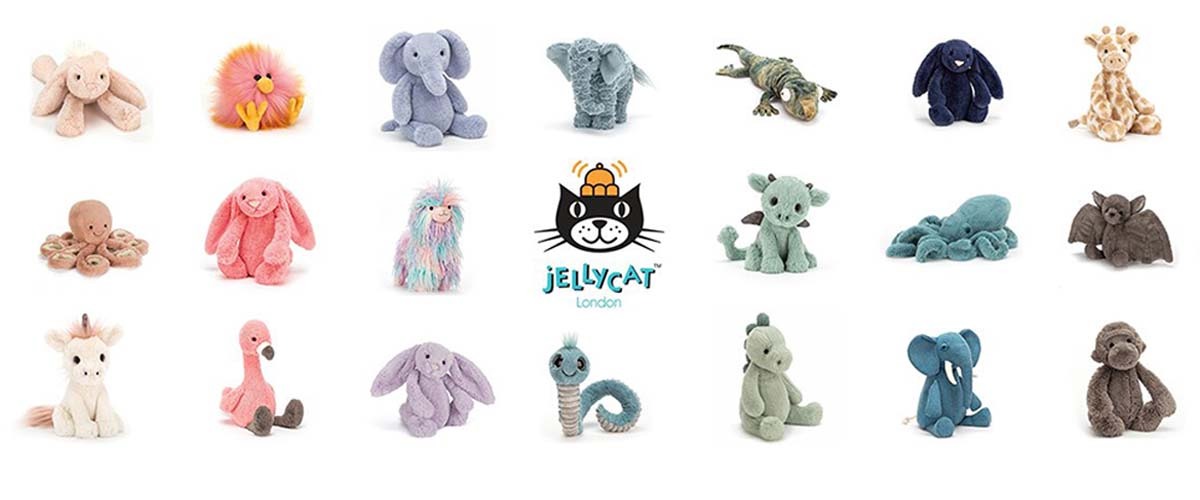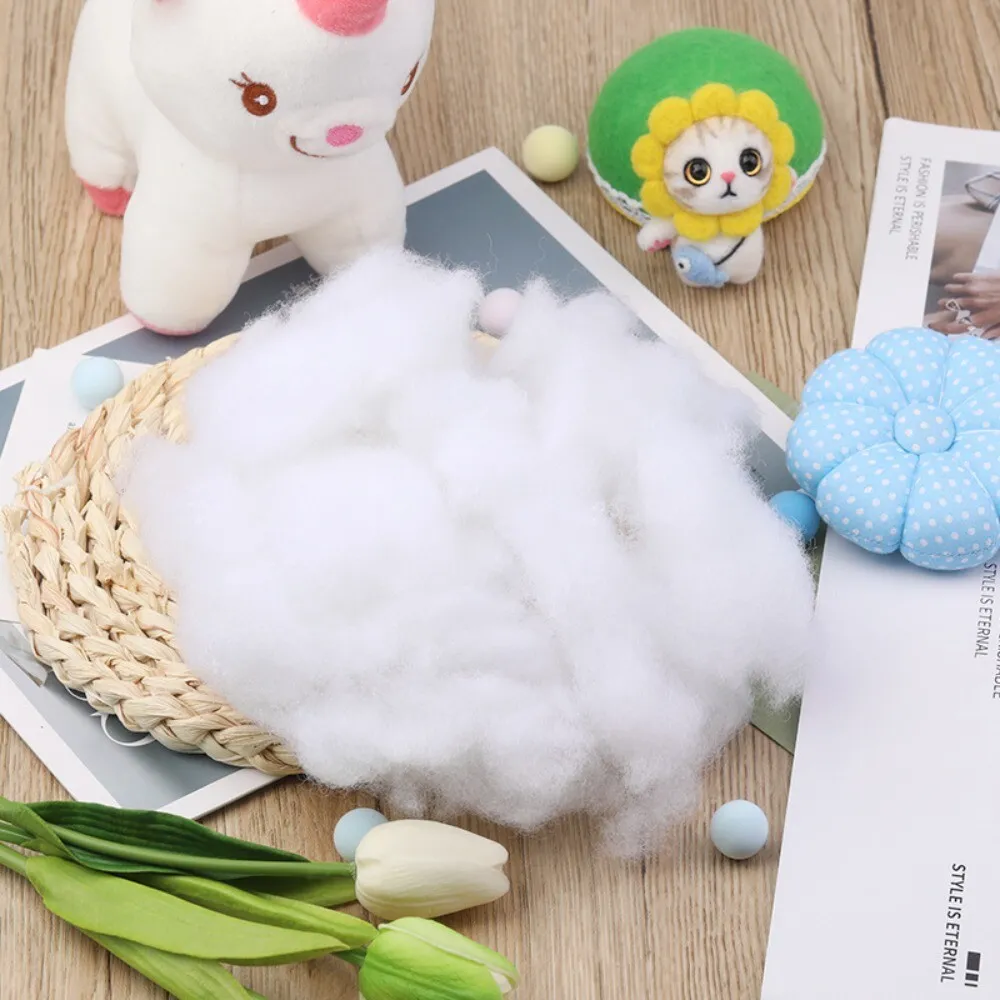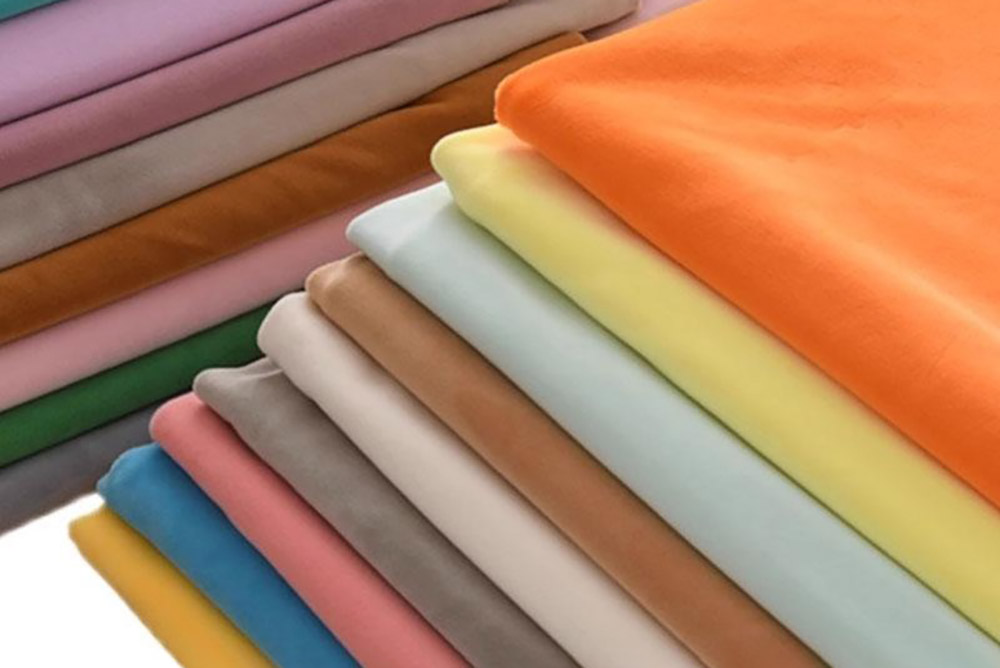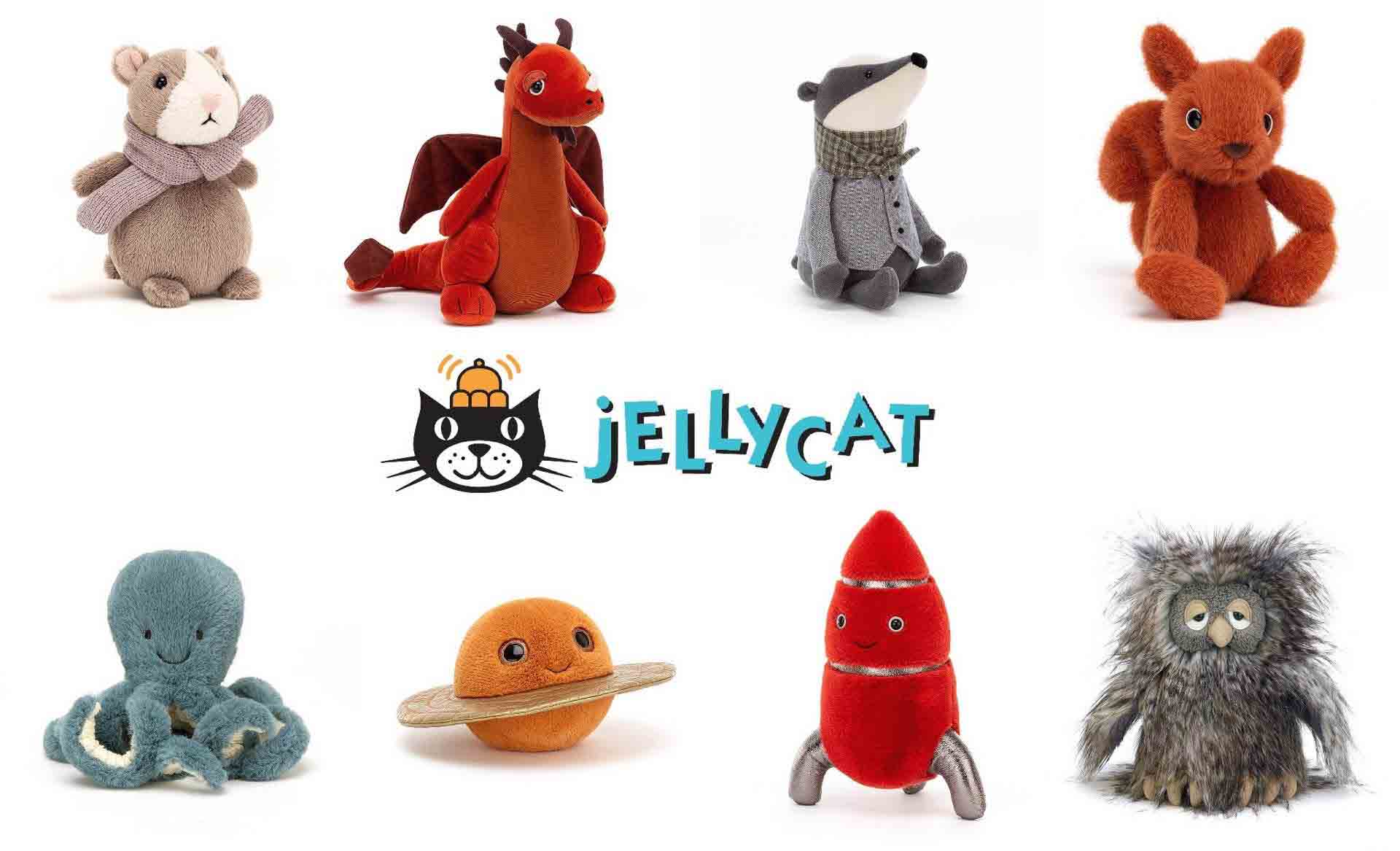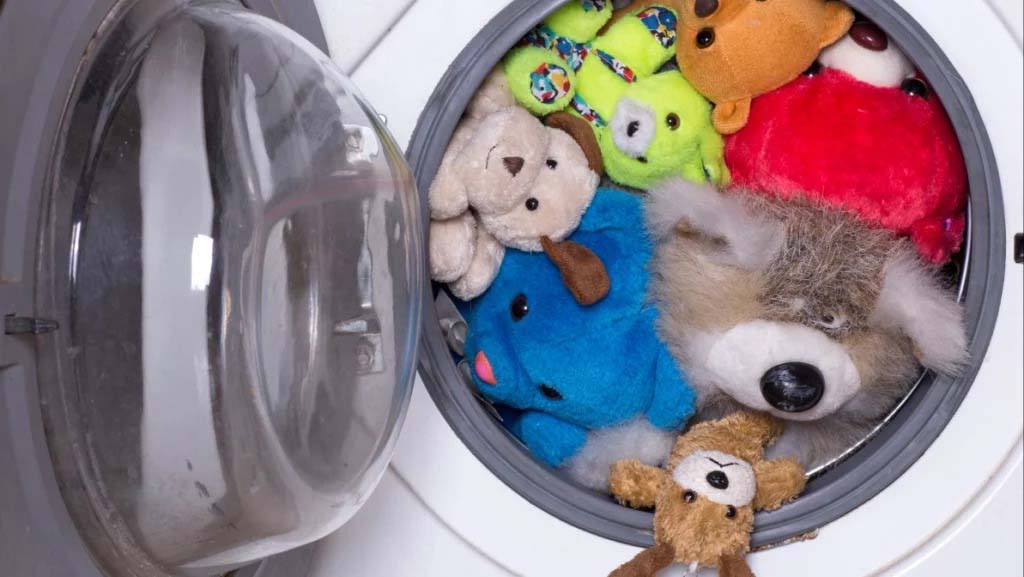Plush dog toys provide comfort and play value, but they quickly collect dirt, saliva, and bacteria. Regular cleaning ensures safety and durability.
The best way to wash plush dog toys depends on the care label, material type, and intended use. Recommended methods include surface cleaning, machine washing, disinfecting with pet-safe solutions, and proper drying. Following these steps keeps toys safe for dogs and extends their lifespan.
Let’s explore how to keep plush dog toys clean and safe step by step.
1. Check the Care Label – Why Is It the First Step?

The care label gives instructions from the manufacturer and should always be the first reference.
Care labels indicate whether a toy can be machine washed, requires hand cleaning, or should not be soaked. They may also list temperature limits and safe cleaning agents.
Care labels are not just for formality—they are essential for maintaining toy safety and longevity. Many buyers and pet owners overlook them, leading to common mistakes such as using harsh detergents, exposing toys to high heat, or soaking electronic squeaker toys. Manufacturers include these instructions after testing the product, so following them reduces risks of shrinkage, deformation, or loss of safety features. For example, toys with squeakers may lose sound if submerged, while embroidered or glued parts may detach in hot water.
For international buyers, labels also need to consider export regulations. In markets like the USA and EU, compliance labels often indicate washing methods that align with safety standards. Factories design toys with care instructions in mind, balancing durability with ease of maintenance. Buyers should always confirm whether labels can be customized with multilingual washing instructions, since this increases consumer confidence.
| Label Instruction | Meaning | Action for Owner |
| Machine washable | Safe for machine wash at set temp | Wash in gentle cycle |
| Hand wash only | Delicate fabrics or trims | Use mild soap and hand cleaning |
| Do not soak | Toys with squeakers or electronics | Wipe surface with damp cloth |
| Dry flat | Maintain shape and structure | Air dry, avoid dryer |
For buyers, respecting care labels means fewer complaints and higher customer trust. For pet owners, it means toys last longer and remain safe companions for dogs.
2. Surface Cleaning – When Is It the Best Option?

Surface cleaning works well for toys that cannot be fully soaked or machine washed.
Surface cleaning uses a damp cloth, mild soap, or pet-safe wipes to remove dirt and saliva from the outer layer. It is ideal for quick cleaning between deep washes.
Surface cleaning is often underestimated, but it is one of the most practical approaches for busy pet owners. A simple damp sponge, microfiber cloth, or pet-safe cleaning spray can remove stains and bacteria from the fabric’s surface. For example, toys with squeakers or embroidered eyes may be damaged if soaked, but surface cleaning preserves both function and safety. Wiping with mild soap followed by a clean damp cloth ensures there are no residues left behind that could irritate a dog’s mouth.
Buyers also benefit from offering toys that are easy to surface clean. Short-pile fabrics like velboa are commonly used because they resist dirt penetration and dry quickly. Retailers can highlight “easy to clean” as a feature to appeal to dog owners who prioritize convenience. This approach is particularly effective in promotional toys and e-commerce markets, where pet parents often seek quick-care solutions.
| Step | Action | Benefit for Dogs & Owners |
| Use damp cloth | Wipe dirt from outer fabric | Removes saliva, keeps surface safe |
| Apply mild soap | Clean stubborn stains | Maintains toy freshness |
| Rinse gently | Use clean water cloth after soap | Avoids leaving residue |
| Air dry | Keep in ventilated space | Prevents mold growth |
Surface cleaning is ideal for routine maintenance, helping extend toy life while reducing wear from frequent deep washing.
3. Machine Washing – How to Do It Safely?

Machine washing is the most thorough way to clean plush dog toys, but it must be done correctly.
Plush dog toys can often be machine washed on a gentle cycle using cold or warm water with mild detergent. A laundry bag helps protect the toy and the machine.
Machine washing is one of the best solutions when toys are heavily soiled. Still, not all fabrics and fillings handle machine cycles equally well. For example, velboa and short plush hold up well, while faux fur may shed, and organic cotton may shrink slightly if not washed at the right temperature. Using a mesh laundry bag prevents threads from loosening or seams from stretching. Buyers can position “machine washable” as a strong selling point, especially in markets like the USA, where convenience is a top priority for pet owners.
Detergent choice also matters. Harsh chemicals or strong fragrances can cause allergic reactions or discourage dogs from playing with the toy. Mild, fragrance-free detergents are best. Some pet owners even choose baby-safe detergents to reduce risks further. For extra reassurance, adding a vinegar rinse helps neutralize bacteria without introducing harmful substances.
| Washing Step | Detail | Safety Tip |
| Pre-check | Remove loose threads or damaged parts | Avoid choking hazards |
| Laundry bag | Protects toy and washer | Prevents tearing |
| Gentle cycle | Cold or warm water only | Protects shape |
| Mild detergent | Use fragrance-free formula | Pet-safe cleaning |
Machine washing provides deeper cleaning, prolongs usability, and reassures buyers that toys can handle regular maintenance without compromising safety.
4. Disinfection – How to Remove Bacteria and Odors?

Regular cleaning removes dirt, but disinfection tackles bacteria and odors.
Pet-safe disinfectants, vinegar-water solutions, or baking soda can be used to kill germs and refresh plush dog toys. Always rinse thoroughly to remove residues.
Disinfection is critical because plush dog toys are exposed to saliva and floor bacteria daily. While washing removes visible dirt, germs can remain in fabrics and fillings. This is where disinfection becomes essential. A diluted vinegar solution is one of the safest and most cost-effective methods, neutralizing bacteria and odor without toxic chemicals. Baking soda sprinkled onto toys before rinsing also absorbs unpleasant smells. For owners seeking convenience, commercial pet-safe disinfectant sprays are available, but they must be applied with care to avoid residue.
Buyers should understand that offering care guidance on disinfection increases product value. Many eco-conscious customers prefer natural cleaning solutions without artificial chemicals, aligning with global demand for safe and sustainable products. Highlighting disinfection instructions in packaging or product listings not only builds trust but also reassures customers that their pets are protected.
| Method | Application | Key Benefit |
| Vinegar solution | Soak or spray diluted vinegar | Kills bacteria naturally |
| Baking soda | Sprinkle, then rinse | Removes strong odors |
| Pet-safe sprays | Apply directly on toy surface | Fast and convenient |
| Rinse after use | Always wash off cleaning solution | Prevents ingestion risks |
Disinfection helps extend the lifespan of toys, supports dog health, and allows buyers to promote products as safer and more hygienic.
5. Drying and Maintenance – Why Does It Matter for Longevity?

Drying is the final but crucial step in washing plush dog toys.
Proper drying prevents mold, keeps stuffing fresh, and ensures the toy retains its shape. Air drying is the safest method, though some toys allow low-heat tumble drying.
Many pet owners overlook drying, but it is just as important as washing. A damp toy can develop mold inside its stuffing, which may cause illness if a dog chews on it. The safest option is air drying in a ventilated area or direct sunlight, which also provides natural disinfection. For faster drying, a fan or dehumidifier can help. While some toys are dryer-safe, high heat can damage fabrics and seams, so low settings are essential.
Maintenance goes beyond drying. After each wash, owners should check for loose stitching, torn fabrics, or exposed filling. A damaged toy can quickly turn into a choking hazard. Responsible pet parents should repair minor issues with safe stitching or replace toys if damage is too severe. Buyers can use this as a selling point by recommending “quick dry fabrics” or “reinforced stitching” in product descriptions.
| Drying Method | Detail | Benefit for Longevity |
| Air dry | Ventilated space or sunlight | Prevents mold, natural freshness |
| Low-heat tumble | For label-approved toys only | Faster drying |
| Sunlight exposure | UV helps disinfect naturally | Reduces odor and bacteria |
| Post-wash check | Inspect for tears or damage | Ensures pet safety |
For buyers, promoting washable and quick-dry plush toys provides extra value. For owners, proper drying and inspection ensure longer toy life and safer play.
Washing plush dog toys requires following care labels, surface or machine cleaning, safe disinfection, and proper drying.
Contact Kinwin at [[email protected]] or visit https://kinwintoys.com/ to develop high-quality, washable plush dog toys designed for safety, durability, and global markets.


